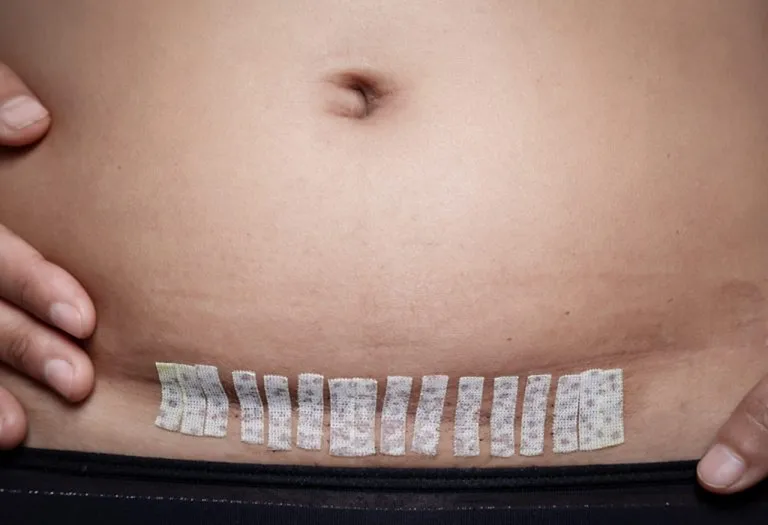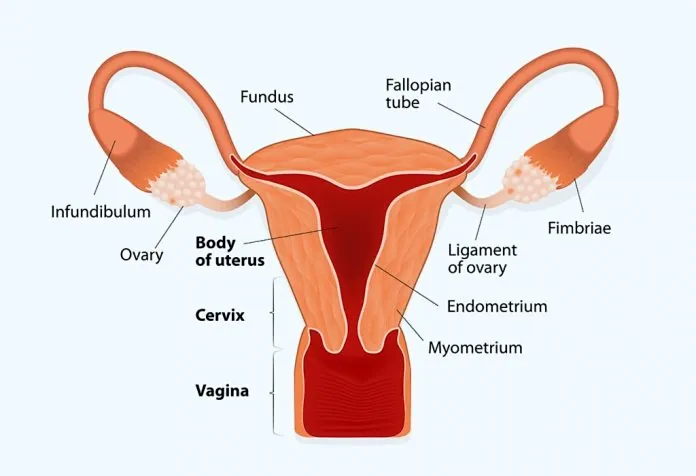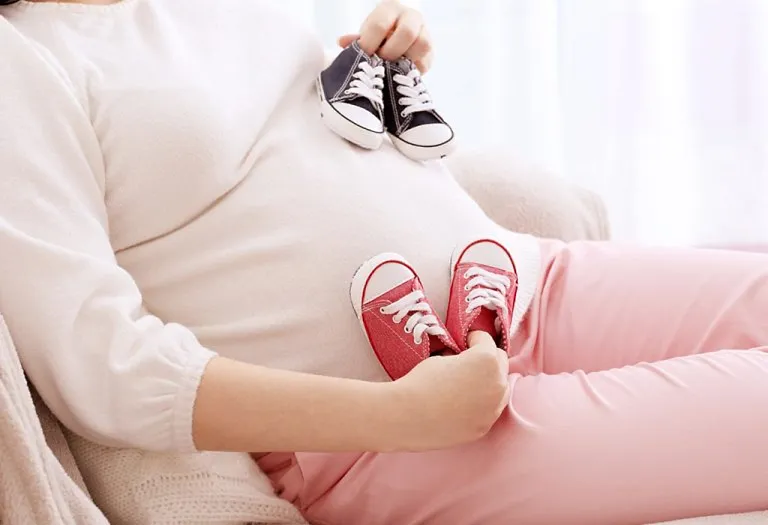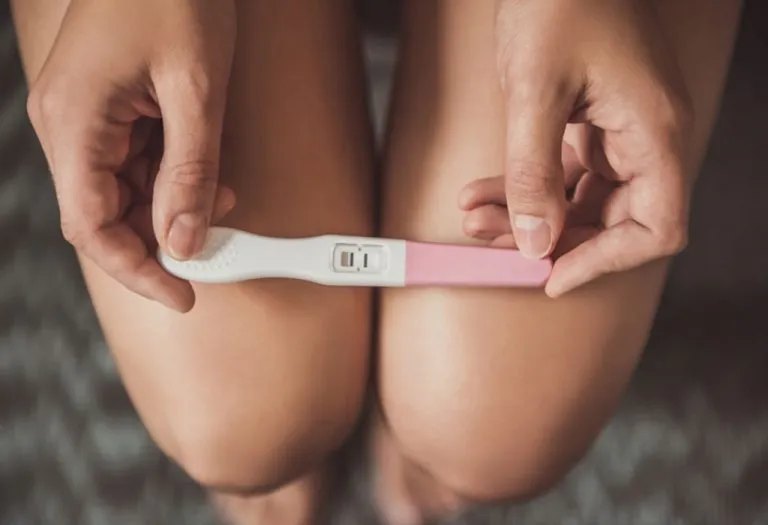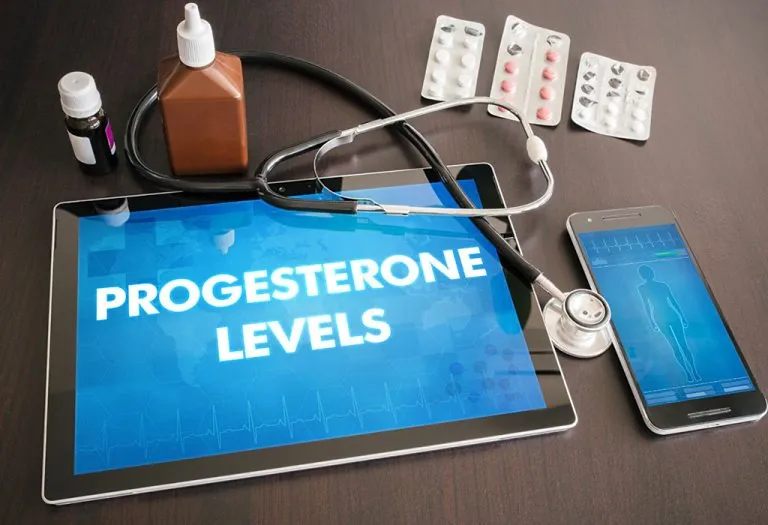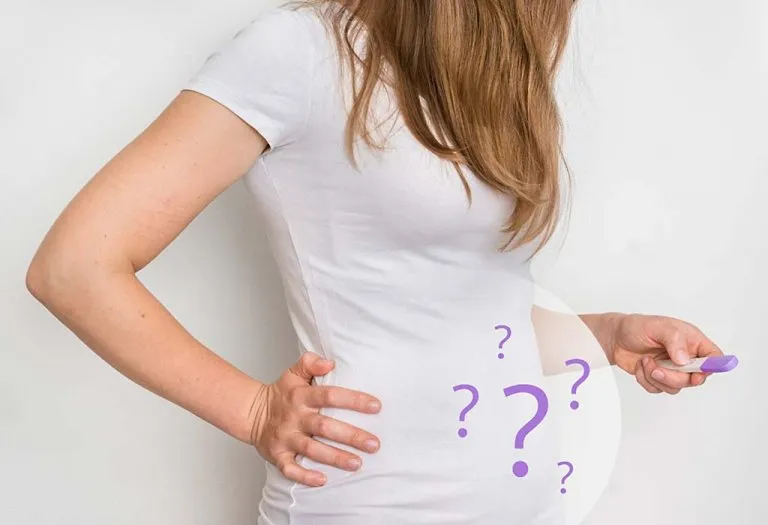Can You Get Pregnant After a Hysterectomy?

- What a Hysterectomy Is and Why You Need it?
- Different Types of Hysterectomy
- How Is It Performed?
- Can You Get Pregnant if You Do Not Have a Uterus?
- Can You Ovulate After a Partial Hysterectomy?
- What Are the Chances of Pregnancy After a Hysterectomy?
- What Are Some Risks and Complications of Hysterectomy?
- Ectopic Pregnancy After a Hysterectomy
- How to Diagnose and Treat an Ectopic Pregnancy Post a Hysterectomy?
- FAQs
Can you get pregnant without a uterus but have ovaries? This question is related to hysterectomy and often comes up when it comes to the topic of fertility. Hysterectomy or the surgical removal of the uterus with or without cervix and ovaries and fallopian tubes from a woman’s body is done to treat certain gynaecological problems. This method essentially removes the incubator for a foetus to grow. Many times, the fallopian tube and the ovaries are untouched while the uterus is removed. This leaves behind the organs producing the egg and. consequently, many women wonder if they still stand a chance of bearing a child after a hysterectomy. Although the obvious answer to this is no, the chances of fertilisation and embryo formation cannot be ruled out. Read on to know more about the chances of getting pregnant after a hysterectomy.
What a Hysterectomy Is and Why You Need it?
Hysterectomy refers to the permanent removal of one or more organs of the female reproductive system in order to treat an underpinning gynaecological condition. It is usually done to treat conditions like fibroids, uterine prolapse, heavy bleeding, endometriosis, adenomyosis, cancer, etc. A partial hysterectomy which involves the removal of the uterus and a complete hysterectomy which involves the removal of both the uterus and the cervix, are the most common surgeries that women across the world undergo to treat a number of reproductive disorders.
As it is irreversible, it is usually performed after evaluating other treatment options, the age of the patient, the number of offerings, etc. This treatment usually reduces the childbearing chances for the woman to zero. Therefore, doctors usually consider it as a treatment option for women in their fertile years, only when it is absolutely needed. The procedure does not affect the sex life or the overall health of the woman and in fact, relieves her from the pain and discomfort that she experienced previously. However, it can affect the health of a woman, depending on when it is done and whether the ovaries were left in situ or not
Different Types of Hysterectomy
Hysterectomy is a surgical procedure involving the removal of a woman’s uterus. There are several types of hysterectomy, each with varying degrees of invasiveness and implications for future reproductive and overall health. The choice of which type of hysterectomy to perform depends on the patient’s specific medical condition and the extent of the procedure needed. Here are four common types:
1. Total Hysterectomy
In a total hysterectomy, the entire uterus, including the cervix, is removed. This type of hysterectomy is performed for various reasons, including uterine fibroids, endometriosis, and certain cancers. It eliminates the possibility of future pregnancies.
2. Partial or Subtotal Hysterectomy
Also known as a supracervical hysterectomy, this procedure involves the removal of the upper part of the uterus while leaving the cervix intact. Women who undergo a partial hysterectomy may experience fewer changes in pelvic support and sexual function compared to a total hysterectomy.
3. Radical Hysterectomy
A radical hysterectomy is typically performed when there is cancer involving the cervix or nearby structures. It involves the removal of the entire uterus, cervix, tissue around the cervix, and possibly the upper part of the vagina. Lymph nodes in the pelvis may also be removed for cancer staging.
4. Hysterectomy With Bilateral Salpingo-Oophorectomy
In addition to removing the uterus, this type of hysterectomy involves the removal of both fallopian tubes and ovaries. It is often recommended for women with ovarian cancer, significant risk of ovarian cancer, or certain hormone-related conditions. Removal of the ovaries induces menopause if the woman has not reached it already.
How Is It Performed?
A hysterectomy is performed through one of several methods, depending on the patient’s specific medical condition, anatomy, and the surgeon’s preference. The main approaches to performing a hysterectomy include:
1. Abdominal Hysterectomy
This involves making an incision in the abdominal wall, either horizontally (horizontal abdominal incision) or vertically (vertical abdominal incision), to access and remove the uterus. Abdominal hysterectomies are typically used for larger uteri, cancer cases, or when other approaches are not feasible.
2. Vaginal Hysterectomy
In a vaginal hysterectomy, the uterus is removed through the vaginal canal. No abdominal incisions are made. This method is suitable for certain uterine conditions and when the uterus is of a manageable size.
3. Laparoscopic or Minimally Invasive Hysterectomy
Minimally invasive approaches include laparoscopic (keyhole) and robotic-assisted procedures. Small incisions are made in the abdomen, and specialized instruments, including a camera, are used to guide the surgeon in removing the uterus. These approaches typically result in shorter recovery times and less scarring compared to abdominal hysterectomy.
Can You Get Pregnant if You Do Not Have a Uterus?
‘Getting pregnant after a hysterectomy’ is a topic that often comes up. The uterus is a very critical reproductive organ. During the conception of a baby, the egg and the sperm fuse to form an embryo, the uterus serves as comfortable bedding for the embryo to attach and grow. The unformed foetus attaches to the wall of the uterus and anchors itself for further growth and development. In women who have undergone a hysterectomy, this uterus is unavailable for the embryo to anchor. Therefore, the answer to the question, ‘can you get pregnant after a hysterectomy’ is a simple no.
Can You Ovulate After a Partial Hysterectomy?
After a partial hysterectomy, where only a portion of the uterus is removed, it may still be possible to ovulate. The ovaries, which produce eggs and hormones, are typically left intact in a partial hysterectomy. However, without a complete uterus, the fertilized egg cannot implant and develop into a pregnancy. It’s important to note that while ovulation may continue, the ability to conceive and carry a pregnancy to term is significantly reduced or eliminated, depending on the extent of the surgery and the specific circumstances.
What Are the Chances of Pregnancy After a Hysterectomy?
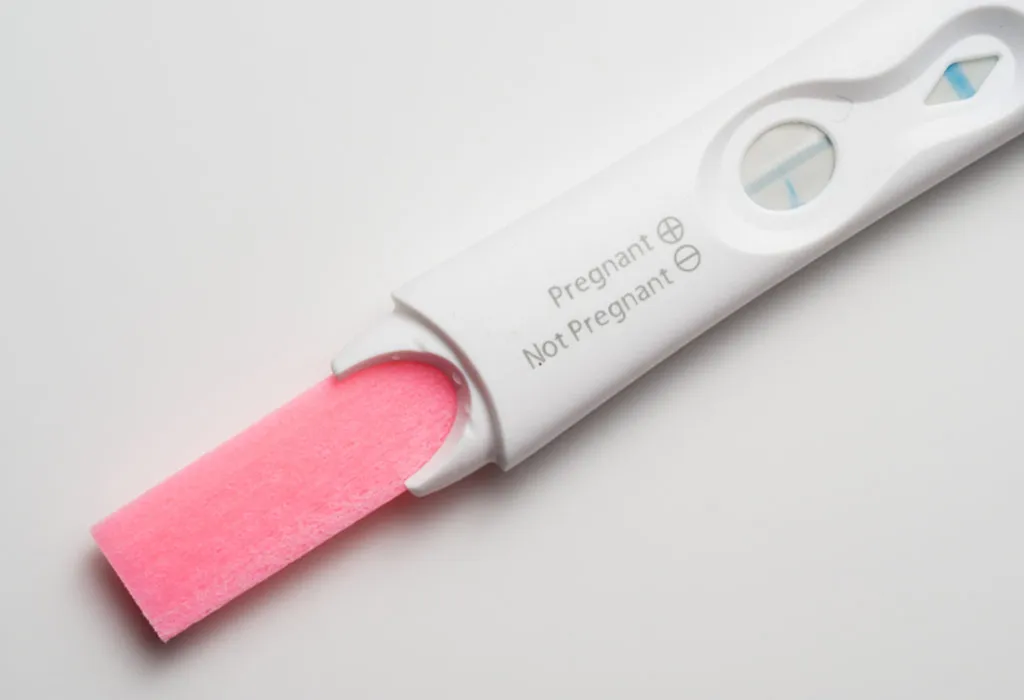
It is not possible for a woman to get pregnant after a hysterectomy. However, with advances in medical sciences today, a couple can still have a baby after undergoing a hysterectomy. Delegating the crucial step of the growth and development of the embryo inside the womb to surrogacy can help an issueless couple have a baby. When a woman is preparing to undergo the surgery, the doctor usually harvests the egg for freezing and using later. If the ovaries are left intact, then the egg is harvested as and when required for fertilisation. The fertilised egg is introduced into the uterus of the surrogate mother, for attachment and growth.
What Are Some Risks and Complications of Hysterectomy?
Hysterectomy is a common surgical procedure, but like any surgery, it carries certain risks and potential complications. It’s crucial for individuals considering this procedure to be aware of these factors. Here are 10 potential risks and complications associated with hysterectomy:
- Infection
- Bleeding
- Anesthesia-related issues
- Blood clots
- Damage to nearby structures
- Urinary issues
- Bowel issues
- Pelvic pain
- Surgical menopause
- Vaginal vault prolapse
- Emotional and psychological effects
Ectopic Pregnancy After a Hysterectomy
An ectopic pregnancy is an extremely rare possibility immediately after the surgery if it is performed during the luteal phase of the menstrual cycle. In some rare situations, the egg gets fertilized at the time of the surgery and due to lack of uterine surface for anchoring, it attaches itself elsewhere. An ectopic pregnancy, unlike a normal pregnancy, does not result in a healthy baby.
How to Diagnose and Treat an Ectopic Pregnancy Post a Hysterectomy?
The occurrence of ectopic pregnancy after hysterectomy is very rare, making the diagnosis of it very challenging. Usually, women who undergo the surgery assume that they do not stand a chance of becoming pregnant. Therefore, they tend to ignore the symptoms of a tubular pregnancy in the initial stages. An ectopic pregnancy that occurs as a result of the presence of a fertilised egg in the body at the time of the surgery, triggers abdominal pain after a hysterectomy. This is usually mistaken as post-operative pain and is ignored. The abdominal pain and bleeding that usually accompanies an ectopic pregnancy should be taken seriously and brought to the notice of the doctor. The doctor usually performs a simple ultrasound scan or pelvic examination of the lower abdomen or other plausible locations of embryo implantation to detect the condition.
Emergency surgery is usually done to remove the embryo, especially in abdominal pregnancy after a hysterectomy. Based on the extent of damage, the treatment can vary from medications to surgical removal of the organs. Early detection of ectopic pregnancy, greatly reduces the extent of the damage.
FAQs
1. Does a Hysterectomy Shorten My Life?
Hysterectomy itself typically does not shorten a person’s life expectancy. However, the underlying medical conditions that may have led to the need for a hysterectomy can impact overall health and longevity. It’s essential to address any concerns about life expectancy with your healthcare provider, considering your specific situation.
2. What Is the Age Limit of Doing a Hysterectomy?
There is no strict age limit for undergoing a hysterectomy. The decision to have a hysterectomy is based on medical need and individual circumstances rather than age. Factors such as overall health, the presence of specific medical conditions, and the patient’s preferences play a more significant role in determining when a hysterectomy may be appropriate.
Hysterectomy is a very crucial surgery that impacts the lives of women greatly. Awareness about the postoperative lifestyle, possibility and symptoms of ectopic pregnancy and the other external contraceptive methods can go a long way in maintaining good reproductive health after the surgery.
References/Resources:
1. Hysterectomy; National Women’s Health Network; https://nwhn.org/hysterectomy/
2. Fylstra. D; Case Reports in Women’s Health: Ectopic pregnancy after hysterectomy may not be so uncommon: A case report and review of the literature; Science Direct; https://www.sciencedirect.com/science/article/pii/S2214911215000144?via%3Dihub; July 2015
3. Hendriks. E, Rosenberg. R, Prine. L; Ectopic Pregnancy: Diagnosis and Management; National Library of Medicine: National Center for Biotechnology Information; https://pubmed.ncbi.nlm.nih.gov/32412215/; May 2020
4. Women’s Reproductive Health; Centers for Disease Control and Prevention; https://www.cdc.gov/reproductivehealth/womensrh/index.htm
5. Hysterectomy; U.S. Department of Health & Human Services: Office on Women’s Health; https://www.womenshealth.gov/a-z-topics/hysterectomy
6. Preserving Fertility in Females with Cancer; American Cancer Society; https://www.cancer.org/cancer/managing-cancer/side-effects/fertility-and-sexual-side-effects/fertility-and-women-with-cancer/preserving-fertility-in-women.html
7. Olsen. M, Higham-Kessler. J, Yokoe. D, Buttler. A, et al.; Chicago Journals: Developing a risk stratification model for surgical site infection after abdominal hysterectomy; Washington University School of Medicine; https://digitalcommons.wustl.edu/cgi/viewcontent.cgi?article=1811&context=open_access_pubs; November 2009
8. Hysterectomy; Cleveland Clinic; https://my.clevelandclinic.org/health/treatments/4852-hysterectomy#risks–benefits
Also Read:
Getting Pregnant after Tubal Ligation
Pregnancy after Hysterosalpingogram Test
Is it Possible to Get Pregnant after Vasectomy
Was This Article Helpful?
Parenting is a huge responsibility, for you as a caregiver, but also for us as a parenting content platform. We understand that and take our responsibility of creating credible content seriously. FirstCry Parenting articles are written and published only after extensive research using factually sound references to deliver quality content that is accurate, validated by experts, and completely reliable. To understand how we go about creating content that is credible, read our editorial policy here.







